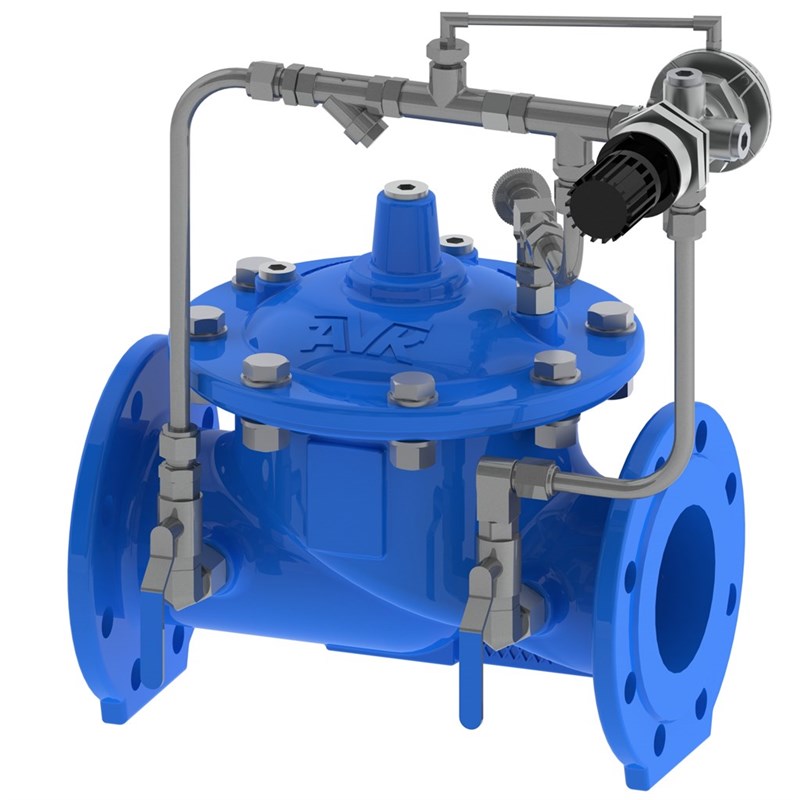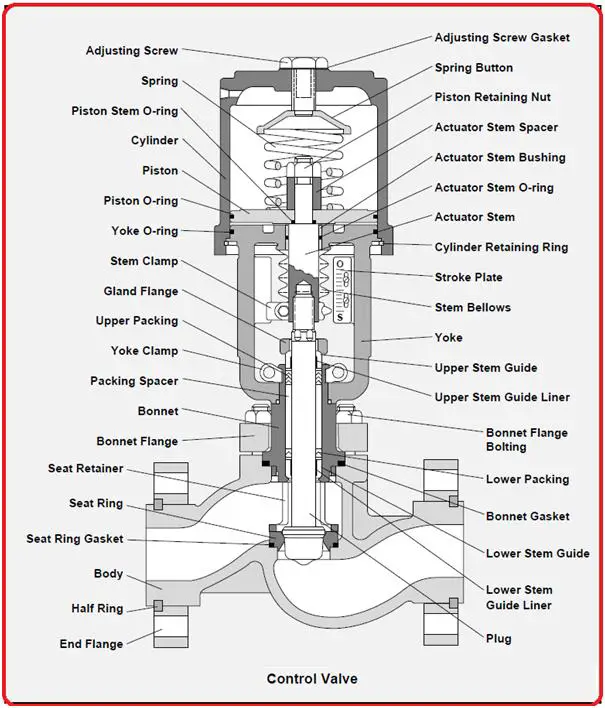Effective Control Valves: Trick Parts for Effective System Management
Effective Control Valves: Trick Parts for Effective System Management
Blog Article
Achieve Seamless Integration and Control With Quality Building Automation Controls
In the realm of modern-day structure administration, the importance of quality structure automation controls can not be overstated. Embracing high quality structure automation controls is not simply an issue of ease yet a strategic essential for organizations intending to optimize their facilities' efficiency and sustainability.

Evolution of Structure Automation Controls
Throughout the past few decades, the development of constructing automation controls has actually considerably changed the method structures are handled and run. Originally, building automation systems mostly concentrated on basic functions such as regulating heating, air flow, and air conditioning (HEATING AND COOLING) systems. As innovation advanced, these controls have come to be extra innovative, enabling for a bigger range of structure systems to be incorporated and taken care of centrally.
The evolution of building automation controls has actually seen a change in the direction of more intelligent systems that can adjust to changing conditions in real-time. This flexibility is crucial for maximizing energy effectiveness and guaranteeing resident convenience. In addition, modern-day structure automation controls currently use functions such as anticipating maintenance, remote tracking, and data analytics, enabling center supervisors to make data-driven decisions to boost building efficiency.

Benefits of Top Quality Combination
The innovation in structure automation manages towards even more intelligent systems has highlighted the considerable advantages of high quality assimilation in optimizing building operations and enhancing general effectiveness. This centralized control likewise provides far better visibility and insights into building performance, allowing proactive maintenance and optimization approaches. Generally, the advantages of high quality integration in building automation controls are undeniable, providing enhanced performance, comfort, and functional effectiveness.
Boosted User Experience and Access
Enhancing individual communication with building automation regulates via intuitive layout and boosted ease of access boosts the overall experience for owners and center supervisors alike. By focusing on individual experience, developing automation systems can become extra reliable and user-friendly. User-friendly interfaces, clear navigation, and adjustable settings empower customers to interact with the controls quickly and properly.
Availability attributes play a critical duty in making certain that all people, consisting of those with handicaps, can make use of the building automation regulates with simplicity. Including features such as voice commands, responsive switches, and color-contrasted display screens can enhance access and make the controls a lot more comprehensive.
Additionally, enhanced user experience causes greater user fulfillment, raised performance, and better decision-making. Occupants can adjust Recommended Site environmental settings according to their choices, while facility supervisors can efficiently manage and monitor structure systems - control valves. In general, prioritizing user experience and accessibility in building automation controls contributes to a more effective and seamless building environment for all stakeholders included
Lasting Practices With Automation

Additionally, automation can help with the combination of eco-friendly energy sources such as photovoltaic panels or wind generators into structure procedures. By instantly adjusting power usage based upon the schedule of renewable resource, buildings can better reduce their reliance on non-renewable sources. This seamless integration of sustainable practices not just benefits the environment yet additionally boosts the overall look what i found functional effectiveness and cost-effectiveness of the building. Through automation, buildings can line up with modern-day sustainability goals and add to a greener future.
Future Trends in Structure Control Solution
In anticipation of advancing technologies and advancing sustainability techniques, the trajectory of structure control systems is positioned to welcome transformative approaches and cutting-edge solutions. One famous fad shaping the future of building control systems is the boosted assimilation of Artificial website link Intelligence (AI) and artificial intelligence. These innovations make it possible for buildings to adjust in real-time to changing problems, maximizing power usage and improving convenience for residents. Additionally, the Web of Things (IoT) is reinventing building control systems by linking tools and sensing units to boost and enhance procedures performance.
Another key pattern is the focus on cybersecurity actions to safeguard against prospective hazards to building automation systems. As buildings come to be much more interconnected, ensuring durable cybersecurity protocols will certainly be essential to safeguard sensitive information and avoid unapproved gain access to.
In addition, the shift in the direction of cloud-based platforms is obtaining momentum, enabling systematized control and remote accessibility to structure systems. This facilitates simpler surveillance, maintenance, and updates, enhancing the overall efficiency and versatility of building control systems. As innovation remains to development, these fads are expected to form the future landscape of building automation controls, driving innovation and sustainability in the constructed atmosphere.
Verdict
Future patterns in building control systems are most likely to focus on more enhancing automation capabilities for improved energy performance and overall efficiency. It is necessary for building owners and drivers to prioritize the adoption of high quality building automation controls to optimize building procedures and attain long-lasting sustainability objectives.
In the world of modern-day structure administration, the importance of high quality building automation controls can not be overemphasized. Generally, the development of structure automation manages continues to drive technology in the structure monitoring market, providing brand-new possibilities for producing smarter and more sustainable structures.
The development in structure automation regulates towards even more smart systems has emphasized the substantial benefits of quality assimilation in maximizing structure operations and improving overall performance. Overall, prioritizing individual experience and availability in structure automation manages adds to a much more productive and seamless structure environment for all stakeholders entailed.
It is vital for structure owners and drivers to prioritize the fostering of quality building automation regulates to optimize building operations and accomplish long-lasting sustainability objectives. - control valves
Report this page